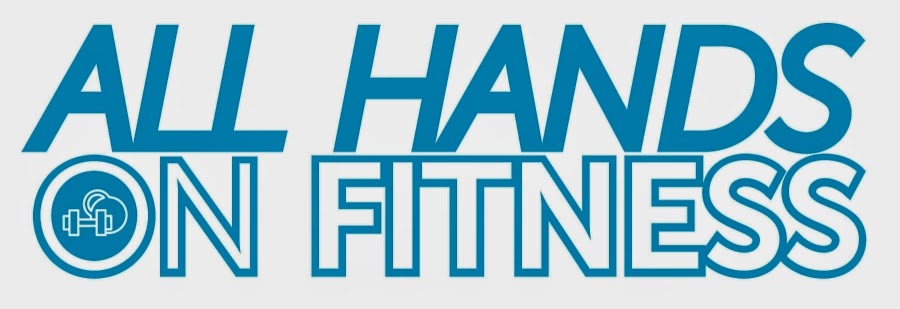Often times, pain in the body is associated with injury or illness of the patient. Pain is not, however, as straight forward as it may seem. There are quite a few misconceptions about what pain means, or what causes pain itself. Here are a couple facts about pain:
I want to start off by saying, just because you’re in pain, does not necessarily mean you’re injured or ill. Pain can be your body’s way of telling you that a dysfunctional pattern needs to stop. When you overuse a muscle, it’s gonna say, "hey, give me a break." As Lorimer Moseley puts it, "100% of the time, pain is a construct of the brain." Basically, this means that it is the brain sending messages of pain, not the muscles. A lot of people seek out temporary cures like cortisone shots, NSAIDs, ice baths, etc., when what they really need is some corrective exercise. This will stop the pain response in the long term by treating muscular imbalances, rather than temporarily treating the symptoms.
 |
| Mirror therapy tricks your brain to believe that the missing limb is still attached to your body. |
- Similarly, you can feel pain on a limb that's not even yours. Yes, you read that correctly. Take, for example, the case of phantom limb pain. Patients often report feeling shooting pains in an appendage that was removed years ago. A technique called "mirror therapy" has been very effective in treating this phenomenon: "a procedure utilizing the visual recreation of movement of a lost limb by moving the intact limb in front of a mirror, has been shown to be effective in reducing [phantom limb pain]. However, the neural correlates of this effect are not known." While the exact science of phantom limb pain and its treatment is still widely a mystery, this just goes to show that pain is multifactorial and complex.
Conversely, if you’re injured, you might not necessarily experience pain. Not every torn ligament, disc herniation, etc. is symptomatic. There are people with disk herniations who experience 0 pain, and they're able to continue on with their daily activities: "On MRI examination of the lumbar spine, many people without back pain have disk bulges or protrusions... Given the high prevalence of these findings and of back pain, the discovery by MRI of bulges or protrusions in people with low back pain may frequently be coincidental," noted a study executed by Jensen et. al.
Your body remembers previous traumas, and “pain” pathways form in your brain. So, if you suffered from an injury a few years ago, you may experience pain in that same area without having re-injured it. Let's say, for example, you fell while you were ice skating and sprained your wrist two years ago. Now, your brain forms a negative association with ice skating. You may notice your symptoms reappearing every time you go back to the rink, even though you've long since healed.
Emotions can influence your symptoms. We can physically manifest stress in certain areas of the body. If something in your body is bothering you more than usual, consider other environmental stressors that could be contributing to the pain. Did you lose your job? Are you fighting with a friend? Neuroscientist Dr. V.S. Ramachandran puts it succinctly: "Pain is an opinion on the organism’s state of heath rather than a mere reflexive response to injury … Pain is an illusion.” This can mean that if you're upset about something, or you've convinced yourself into thinking there's something wrong, then your brain will respond accordingly by sending a pain response to the area.
Treating the pain symptoms (i.e. taking NSAIDs, icing, etc.) does not necessarily treat the cause of the problem. These will work as short-term solutions. See a doctor, physical therapist, or a chiropractor to figure out the source of the pain before you try to treat it on your own.
There are a million different factors that contribute to pain. Here are a few listed by Dr. Kathy Dooley:
- Environment
- Memory programming of pain (i.e., cerebral programming)
- Systemic inflammation
- Pain receptor irritation
- Heightened awareness, due to neurotransmitter activity/inactivity (i.e., drug exposure, depression)
- Circulatory issues (i.e., blood stasis)
- Fatigue and energy deficiency
- Improper hydration/dehydration
- Psycho-social components (i.e., your back hurts because you hate your job)
Works Cited:
- Brinjikji, W., P. H. Luetmer, B. Comstock, B. W. Bresnahan, L. E. Chen, R. A. Deyo, S. Halabi, J. A. Turner, A. L. Avins, K. James, J. T. Wald, D. F. Kallmes, and J. G. Jarvik. "Systematic Literature Review of Imaging Features of Spinal Degeneration in Asymptomatic Populations." American Journal of Neuroradiology 36.4 (2014): 811-16. Web.
- Doidge, Norman. The Brain's Way of Healing: Remarkable Discoveries and Recoveries from the Frontiers of Neuroplasticity. 1st ed. N.p.: Viking, 2015. Print.
- Doidge, Norman. The Brain That Changes Itself: Stories of Personal Triumph from the Frontiers of Brain Science. New York: Viking, 2007. Print.
- Foell, J., R. Bekrater-Bodmann, M. Diers, and H. Flor. "Mirror Therapy for Phantom Limb Pain: Brain Changes and the Role of Body Representation." EJP European Journal of Pain 18.5 (2013): 729-39. Web.
- Jensen, Maureen C., Michael N. Brant-Zawadzki, Nancy Obuchowski, Michael T. Modic, Dennis Malkasian, and Jeffrey S. Ross. "Magnetic Resonance Imaging of the Lumbar Spine in People without Back Pain." New England Journal of Medicine N Engl J Med 331.2 (1994): 69-73. Web.
- Moseley, Lorimer. "TEDxAdelaide - Why Things Hurt." TEDx. YouTube, 21 Nov. 2011. Web. 10 May 2016.


No comments:
Post a Comment